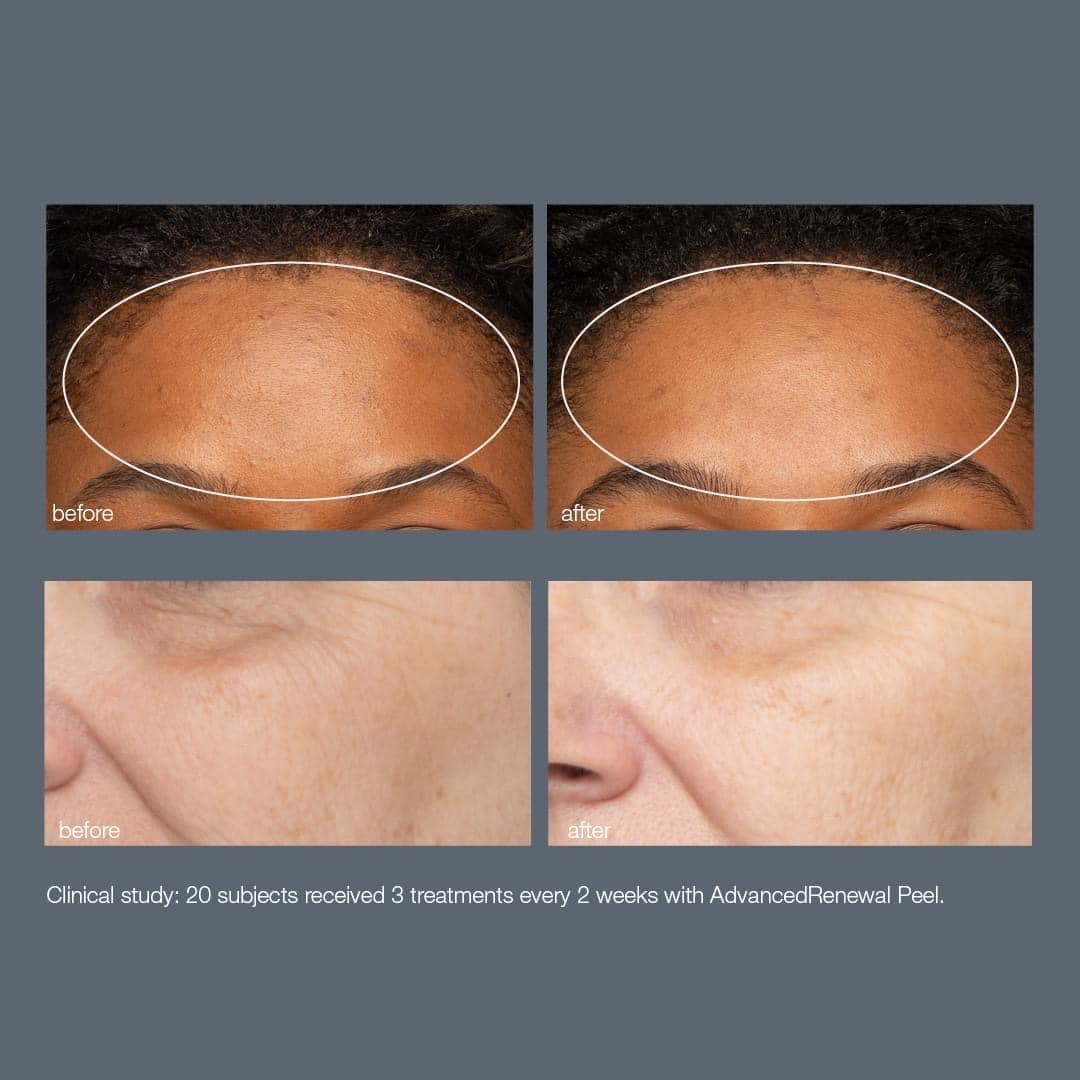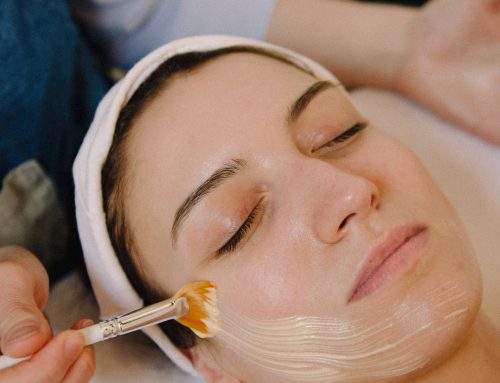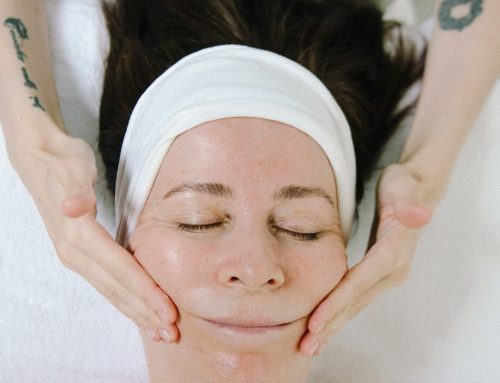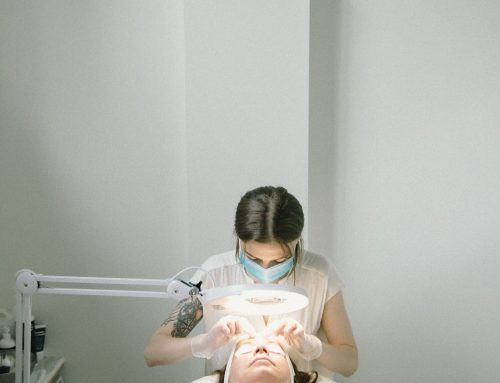The words ‘chemical peel’ sound a little scary—we get it—but a chemical peel before and after photo can do wonders to put your mind at ease (read to the end to see what we mean). In this post we explain what a chemical peel can do for your skin and why you would choose a chemical peel over other types of exfoliation when booking in for a professional skin care treatment.
What is a chemical peel?
A chemical peel is a professional skin treatment that consists of one or more hydroxy acids. The concentration of these peels is often considered the measure of their strength — 10, 15, 20, 30% etc; however the pH of the peel is what truly establishes how ‘strong’ the peel is. So the next time you are researching a chemical peel treatment, remember that the percentage doesn’t determine the effectiveness of the peel.
What do we mean by peel strength?
We are referring to the depth to which the epidermis is penetrated by the peel to reveal the fresh new skin cells below.
How does a chemical peel work?
The chemical peel works by dissolving the inter-cellular glue that binds the dead skin cells together. A good analogy is to think of the uppermost layers of the skin like bricks and mortar. The hydroxy acids dissolve the mortar allowing the cells to detach from one another in order for them to be sloughed away.
What’s the difference between a chemical peel and other types of professional exfoliation?
When you are booking in for a classic facial versus a chemical peel, the difference lies in the goal of the treatment and the pH of the exfoliant. As mentioned above, a peel will have a pH level that will allow the product to work deeper into the skin. There are a number of reasons why this can be beneficial for your skin, but it may not be the best treatment for you. Here are some considerations to take into account:
- Are you wanting to relax and de-stress?
- Are you looking for an immediate glow with no downtime?
- Are you happy with your skin condition and simply looking to maintain it?
These would all be good reasons to book a classic facial treatment that will include a milder professional chemical exfoliant or a physical exfoliant.
Chemical peels can provide more dramatic improvements to the skin, but they can come with some downsides:
- The treatment can feel mildly uncomfortable. There is generally a sensation of pins and needles, itchiness and stinging, and/or heat that accompany a chemical peel treatment. This sensation will vary depending on your skin condition—an impaired barrier and/or thin skin will experience a heightened sensation while collagen-rich skin with a strong barrier will tend to experience less sensation.
- Chemical peels can leave your skin feeling a bit dry post-treatment.
- You may experience some redness, flaking and/or peeling afterwards.
Why opt for a chemical peel?
Now that you know what to expect from a chemical peel, you may be wondering why you would opt-in for this treatment. There is potential to experience minor discomfort, dryness, and peeling, BUT you will be rewarded with smoother, firmer, and overall healthier skin. Here are some of the key skin benefits you can expect:
- refined pores
- reduced depth in wrinkles and fine lines
- improved skin tone—both for sun spots and post-inflammatory hyperpigmentation (PIH)
- smoother skin texture
- reduction in acne lesions
Generally speaking, the greater depth of exfoliation that a chemical peel offers—along with some of the benefits associated with the particular alpha, beta, and polyhydroxy acids it is composed of—delivers enhanced results for your skin.
If you’d like to learn more about the benefits of a chemical peel check out this post.
Chemical Peel Before and After
This chemical peel before and after photo is a fantastic example of the results you can expect.
From what we can see with this before and after image, a series of just three chemical peels done bi-weekly can produce noticeable improvements to skin tone, texture and firmness.
An important thing to note here is that these benefits are achieved with regular treatments. By spacing the treatments two weeks apart, you can realize visible improvements and lasting changes to the quality of the skin. If you were to pace the treatments further apart—let’s say once a month—it will take longer to realize similar improvements.
Is it worth the investment?
If you are starting to notice signs of skin aging (roughness, dullness, uneven skin tone, enlarged pores…) a series of treatments can do wonders to reverse these signs and slow down the processes that lead to these changes. It is also an affordable preventative treatment that visibly improves the quality of your skin. In our opinion, the before and after photo above demonstrates that this treatment is a worthwhile investment to make in your long-term skin health. If you’d like to learn more about the chemical peel treatments we offer and develop a treatment plan to achieve your goals, we invite you to book in for a 30 minute collaboration with one of your certified skin therapists. Follow this link to start your expertly-guided skin health journey.








Leave A Comment